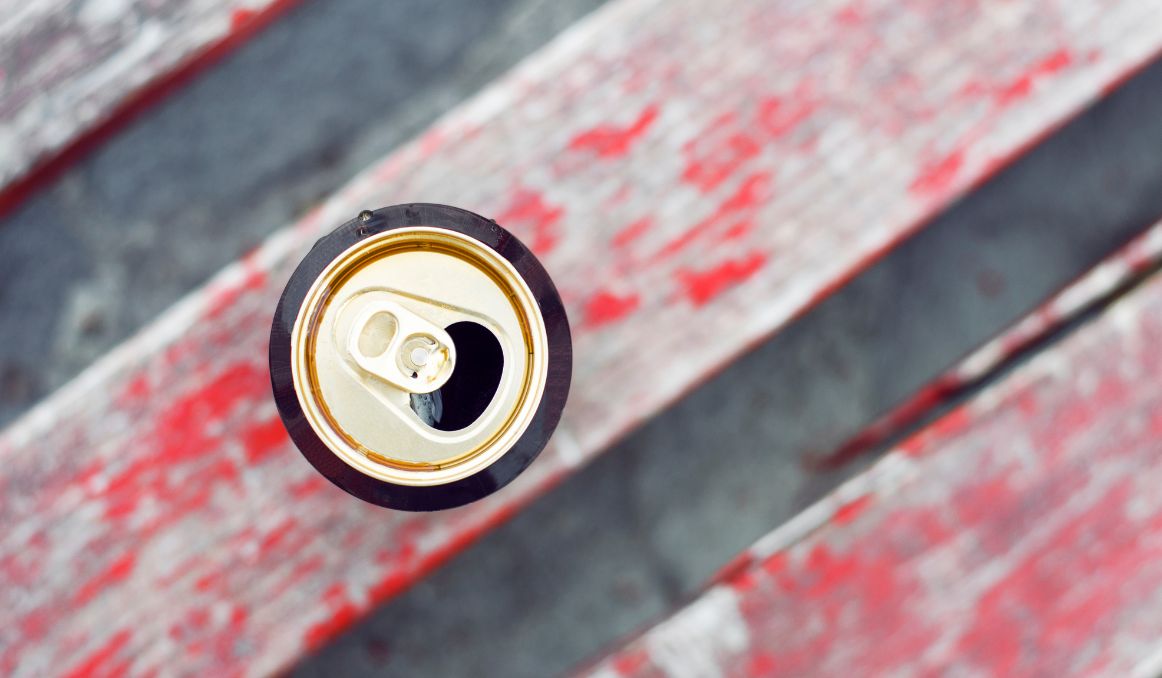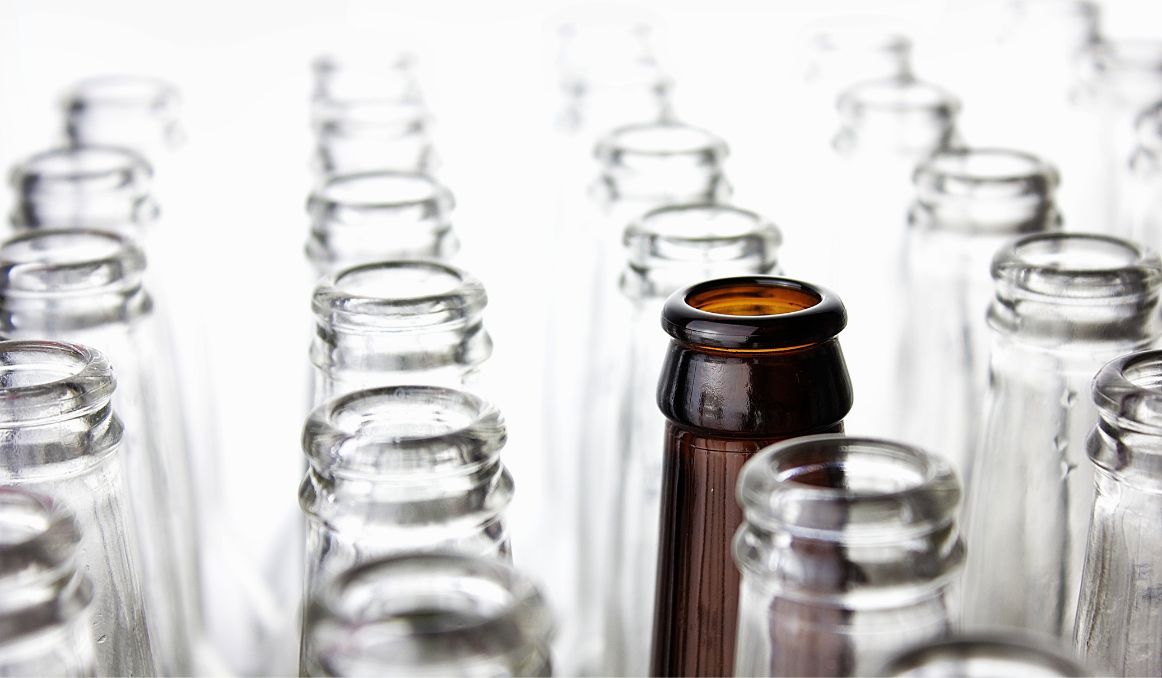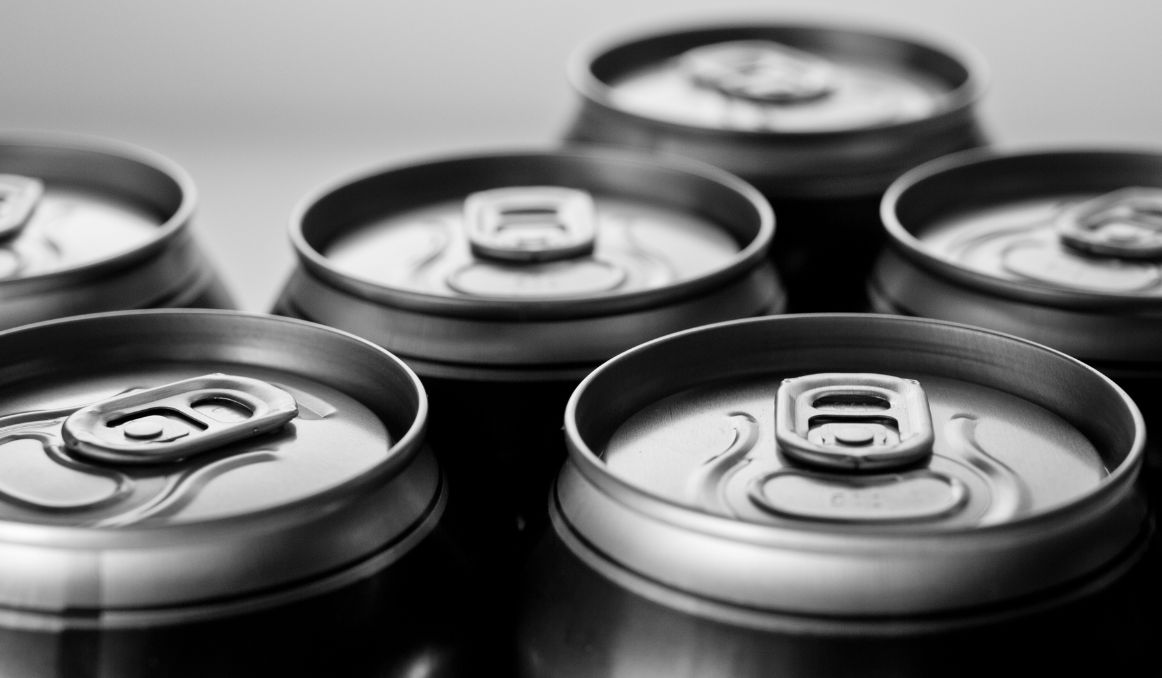How Many Beers Is a Tall Boy? A Guide to Beer Cans and Bottle Sizes
You’re in a local pub and someone asks you what your favorite tall boy is, and you’re stumped. “What in the world is a tall boy?”
For that matter, what is a Pilsner, and why is it both a beer and a size?
Why does beer come in so many different sizes, and is it based on style?
Don’t worry, we’ve got all the answers.
Beer: Shapes and Sizes

Once upon a time, beer came in one size and one size only. We all had our one cup at home, and Mom gave us a cup of ale with our meal to wash down our food and as added nutrition.
Remember, beer was once a household staple, safer and more nutritious to drink than the running water from the local creek.
Even if you had a well on your property, children were healthier with the added nutrients from the grain in ale and the nutritious benefits of the fermentation process that they were drinking water alone.
Water, typically, was used for washing and for cooking or making other beverages, not for drinking straight.
Even once beer became an industry and pubs and inns opened up featuring local brewery products, you never would walk into a bar and ask for a certain size of beer.
Indeed, you rarely even asked for a kind of beer.
You just asked for a beer.
An ale.
And they gave you what they had in the mug they had to serve it in.
If you were in Northern Europe, you could be sure you’d get a heaping stein. Further south, you might get a smaller vessel. But it was never your choice.
And so it went for years. Even after beer was packaged and bottled for shipping and for traveling, it was packaged either in barrels or in bottles. No varying sizes of bottles and cans.
Commercialization of Beer: Marketing
Commercialization changed all that, of course.
The beer industry exploded with the rise of the Industrial Revolution. Everything, and I do mean everything, became an “industry.”
A way to make money, to build capital, perhaps even to build an empire.
And beer was a great way to make money, to build capital, and to build an empire!
Factories were opened, businesses were built, and beer was shipped worldwide.
Nowhere was the beer industry more profitable than in the United States.
It was at this same time, in the early 1800s, that Louis Pasteur discovered the wonders of yeast and what exactly it was doing as the critical element in the production of beer.
Once we discovered what yeast did, we could turn that into an industry as well.
Now, breweries large and small could count on a reliable, commercially produced yeast that they could stake their beer’s name, flavor, and aroma profile on.
Along with commercialization came marketing.
Of course, if you are going to build an empire, you must be able to spread the word about your product, its benefits to your clients, and why you needed this product in your life.
Marketing comes with all kinds of fancy language and gimmicks to make products memorable, which makes then inherently more buyable.
One of those gimmicks is the brand name, of course, and another, when it comes to beer, is the sizes.
Now we have large sizes for the serious drinker, smaller sizes for craft and discerning tastes, and everything in between.
It started with bottles, which all have their own various sizes today, but then in the early 1900s, the concept of canning was introduced, and now we have a whole new range of sizes and reasons for those sizes.
Beer Sizes: Bottles

As the first to come along and stay in fashion for hundreds of years before cans, there are many more sizes and shapes for bottles than for cans, and they range across countries and cultures.
Nip/Pony/Grenade 7 oz.
This is a half pint that was popularized by Miller High Life, Rolling Rock, and Coronita, for those who want just a small taste of beer.
Stubby/Steinie 12 oz.
The stubby is a vintage sized beer bottle that is a throw back to the good old days.
Longneck 12 oz.
The longneck is the industry standard sized bottle in America, what you will typically find on a market shelf in the states.
Belgian 375 ml.
At 12.7 oz., the Belgian size is just above industry standard, and you will typically find a Lambic or Geuze in this size.
British 500 ml.
At 16.9 oz., this bottle is much larger than the longneck, and it is the standard sized bottle in Great Britain.
Bomber 650 ml.
A 22 oz. treat, the bomber is usually used for celebrations and special releases like with Imperial Stouts.
Large Format 750 ml.
Large Format is the classic champagne bottle size for corks and cages.
Caguama/Ballena 940 ml.
This one is Corona’s answer to a larger beer.
Howler 32 oz.
A howler is a half growler, for when you want to take beer home, but not that much.
Forty 40 oz.
The classic size for the higher alcohol content, lower price point, malt liquor beverages sold across America.
Magnum 52.7 oz.
A magnum is usually a display bottle, sometimes used on holidays.
Growler 64 oz.
For when you just have to take your favorite draft beer home from the pub.
Beer Sizes: Cans

Cans are much easier to remember, as they are much newer, and, honestly, not as pretty for purposes of display and celebration.
Nip
A mini can for those who like a small taste of a cold beer on a warm afternoon.
12 oz.
12 ounces is the standard can size across the globe.
Tallboy
A tallboy is the emerging industry standard for craft brewers. A bit larger at 16 oz., and a bit fancier than the 12 oz.
Stovepipe
At 19.2 oz., the stovepipe is tall, slim, and handsome. It’s the elegant beer.
Crowler
A recent addition to the beer scene, you can often get one of these to go from your local brewery.
And that’s it. Now you know all your beer cans and bottles, their sizes, and why. Now get out there and use your new lingo.
Cheers!
Are you still pitching fresh yeast every time? By reusing your yeast, you can save up to hundreds of thousands of dollars per year on just yeast alone!
Join the hundreds of brewers from all around the world using the smartest Automated Yeast Cell Counter! Request a Free Demo Account today and experience firsthand how Oculyze can take your brewery to the next level!
Sources:
- https://vinepair.com/articles/beer-bottle-can-sizes-guide-infographic/
- https://www.tandfonline.com/doi/full/10.1080/00076791.2015.1122713
Stay on top on important fermentation insights – subscribe to our monthly newsletter and receive a hand-picked selection of our most relevant articles straight to your inbox.
Never miss a beat and get real time updates with a new article each workday by subscribing our social media channels.
Instagram | Facebook | Twitter | YouTube


